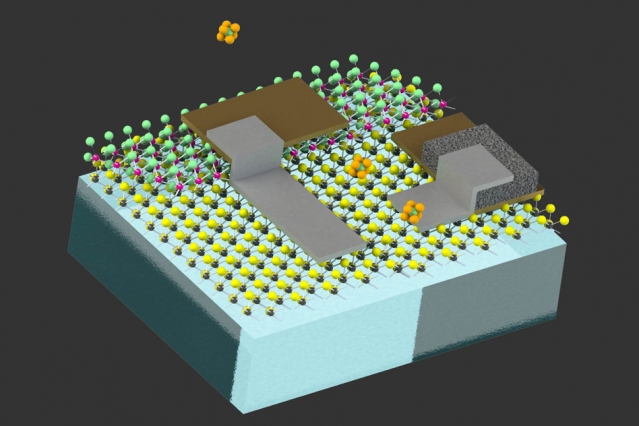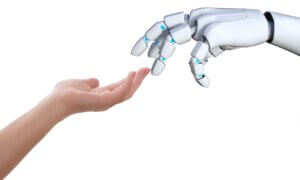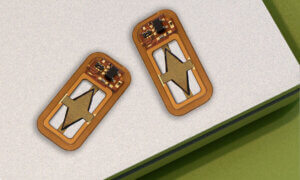You’ve heard about DARPA’s bug-sized robot Olympics, now get ready for MIT’s cell-sized ones. Not cell-sized Olympics. Robots.
MIT managed to create microscopic electronic circuits that are made out of two-dimensional materials and the tiny things hitch a ride on colloids. Colloids are homogenous, non-crystalline substances that consist of ultramicroscopic particles that are dispersed via a second substance, like gels or emulsions. They can stay suspended in liquid or air.
Michael Strano, the Carbon C. Dubbs Professor of Chemical Engineering at MIT and senior author of the study, says that “Colloids can access environments and travel in ways that other materials can’t,” and that dust particles, for example, can float in the air for indefinite periods of time. Why does that happen? Because they are so small that the motions shared by colliding air molecules are stronger than the pull of gravity.
Credit: Rajamanickam Antonimuthu with clips from MIT.edu/ YouTube
The use cases for these robots are endless; count on them to work on anything from air deployment at chemical refineries to harmful byproducts analysis or illness detection from inside the human body.
The robots are capable of sensing their environment, carry out computing tasks and store data. They are also self-powered, using a photodiode for computation and for memory storage, which provides them with electricity. They can be easily located thanks to retro-reflectors as well, so if you ever get these tiny things inside your body, don’t worry, they won’t stay there.
Related: ✍Get Ready For Bug-Sized Robot Olympics! ✍
Follow TechTheLead on Google News to get the news first.






















